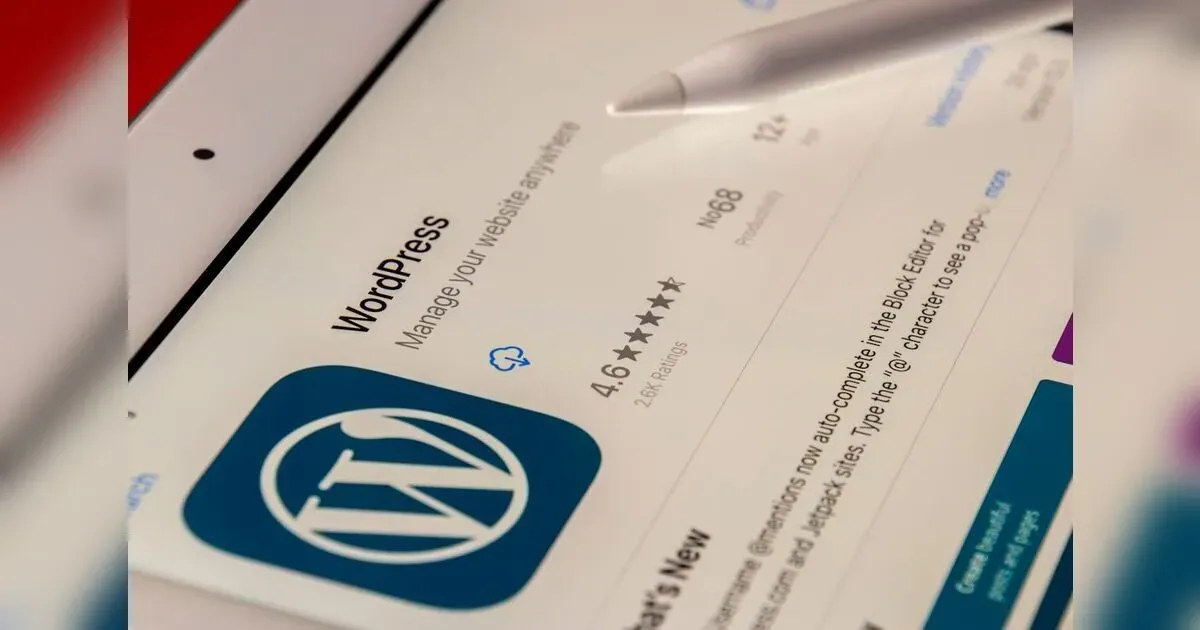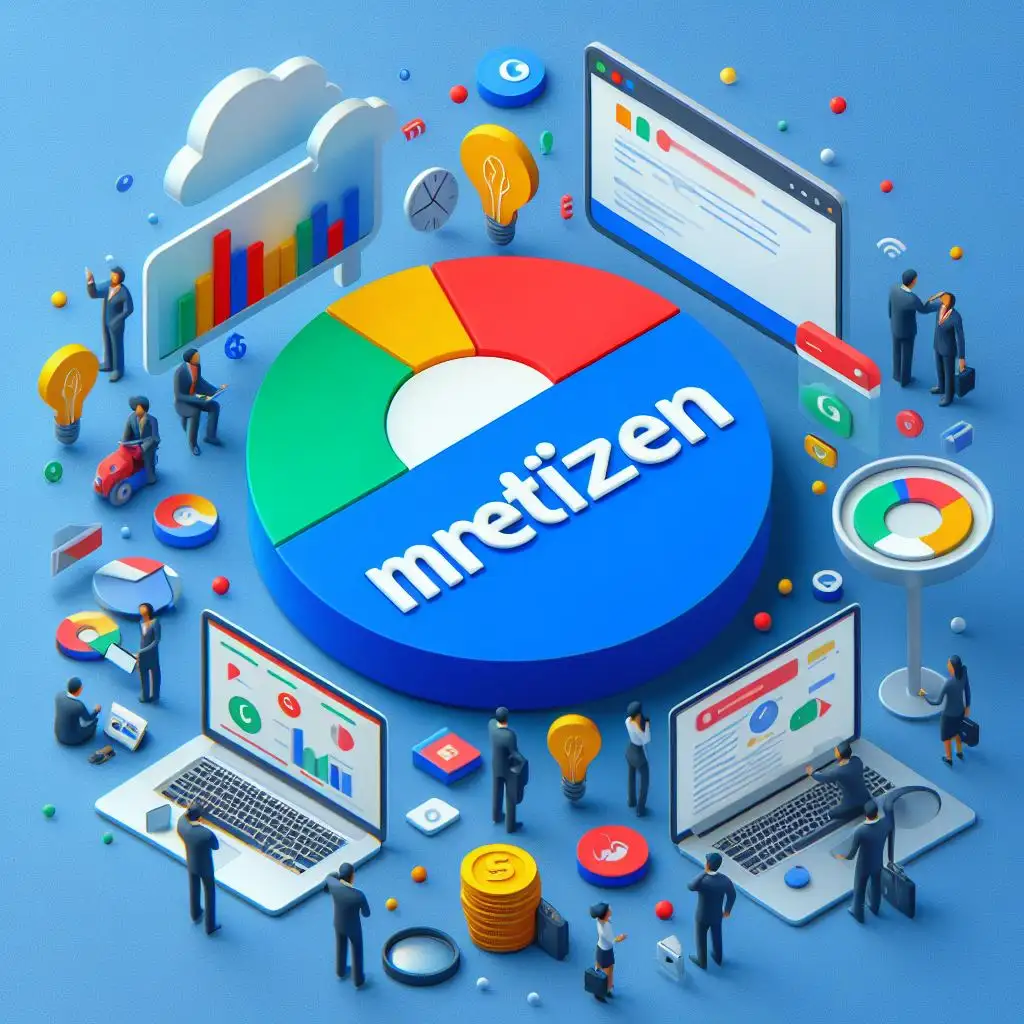In this extensive guide, we’ll explore the future of car insurance, diving deep into trends and innovations that are reshaping the industry.
Car insurance is more than just a legal requirement, it’s a vital part of how we manage risk on the road. As technology evolves, so does the insurance industry. The way we purchase, use, and think about car insurance is changing rapidly. In this extensive guide, we’ll explore the future of car insurance, diving deep into trends and innovations that are reshaping the industry.
1. Telematics and Usage-Based Insurance
- Telematics Technology Explained
Telematics is a technology that combines telecommunications and monitoring to track various aspects of driving. It involves using a device or software to collect data about how a vehicle is used. This data can include speed, braking patterns, acceleration, and even the time of day when driving occurs.
- How Telematics Impacts Insurance
The integration of telematics into car insurance has given rise to usage-based insurance (UBI). This model allows insurance companies to tailor premiums based on an individual’s driving habits rather than relying on traditional factors like age, gender, or location.
- Pay-How-You-Drive:
Telematics can help insurers offer a pay-how-you-drive model. Drivers who exhibit safe driving behaviors, such as smooth braking and steady acceleration, may benefit from lower premiums. Conversely, those who engage in riskier driving patterns might face higher rates.
- Pay-As-You-Drive:
Another variant is the pay-as-you-drive model, where premiums are based on the number of miles driven. This is ideal for people who use their cars infrequently, as they only pay for the miles they drive.
- Benefits and Challenges
The primary benefit of telematics is that it offers a more personalized insurance experience. It rewards safe driving and provides a fairer rate based on individual risk. However, there are challenges, such as privacy concerns and the potential for higher costs if driving habits are less than ideal.
- Real-World Examples
Companies like Progressive and Allstate have already integrated telematics into their insurance offerings. Progressive’s Snapshot and Allstate’s Drivewise programs use telematics to provide discounts based on driving behavior.
2. Artificial Intelligence (AI) and Automation
- AI in Claims Processing
Artificial Intelligence (AI) is revolutionizing many industries, and car insurance is no exception. AI can process and analyze large amounts of data quickly and accurately. This capability is particularly useful in claims processing.
- Speed and Efficiency:
AI can automate the claims process, reducing the time it takes to settle a claim. Algorithms can analyze photos of damage, assess repair costs, and even determine liability.
- Accuracy:
AI systems can use historical data to predict claim outcomes, ensuring more accurate and fair settlements.
- AI in Customer Service
AI-powered chatbots and virtual assistants are enhancing customer service in the insurance industry.
- 24/7 Availability: Chatbots can provide instant answers to questions at any time of day. Whether you need to help to understand your policy or to check the status of a claim, AI-powered assistants are always available.
- Personalization: AI can also personalize interactions based on your previous inquiries and behavior. This makes customer service more efficient and tailored to your needs.
- Fraud Detection
AI plays a crucial role in detecting fraudulent claims. By analyzing patterns and anomalies in data, AI can identify suspicious activity and prevent fraud, which helps keep insurance costs lower for everyone.
- Real-World Examples
Companies like Lemonade use AI extensively in their claims processing. Lemonade’s AI-driven claims system can handle straightforward claims in seconds, which streamlines the process and reduces administrative costs.
3. Driver Assistance Technology
- Understanding ADAS
Advanced Driver Assistance Systems (ADAS) are becoming standard in modern vehicles. These systems include features designed to enhance safety and assist drivers.
- Automatic Emergency Braking: This system can detect potential collisions and apply the brakes automatically to avoid or reduce the impact of an accident.
- Lane-Keeping Assistance: Lane-keeping systems help prevent unintended lane departures by gently steering the car back into its lane.
- Adaptive Cruise Control: This feature maintains a set speed but can adjust based on the speed of the vehicle in front, improving safety and convenience.
- Insurance Discounts for ADAS
Insurance companies are beginning to offer discounts for vehicles equipped with ADAS. The rationale is that these systems reduce the likelihood of accidents, thus lowering the risk for insurers.
- Reduced Premiums: If your car has advanced safety features, inform your insurance company. They might lower your premium due to the reduced risk associated with these technologies.
- Increased Safety: Beyond discounts, ADAS improves overall road safety. Insurance companies recognize this and are starting to incentivize the adoption of such technologies.
- Real-World Examples
Major insurers like State Farm and Geico provide discounts for vehicles with certain ADAS features. These incentives are part of a broader trend toward rewarding safer driving practices and vehicle technologies.
4. Pay-Per-Mile Insurance
- How Pay-Per-Mile Insurance Works
Pay-per-mile insurance is a model where your premium is based on the number of miles you drive. It’s particularly beneficial for those who don’t use their car frequently.
- Tracking Miles: To use pay-per-mile insurance, you’ll typically need a device or app that tracks your mileage. This data is used to calculate your monthly premium.
- Flexible Pricing: This model allows you to pay for insurance based on actual usage, which can be more economical for low-mileage drivers.
- Benefits and Considerations
The main advantage of pay-per-mile insurance is cost savings for infrequent drivers. However, there are considerations such as the accuracy of mileage tracking and potential higher costs for drivers who travel long distances.
- Real-World Examples
Metromile is a notable example of an insurer that offers pay-per-mile insurance. Their model provides flexibility and can be a cost-effective solution for drivers who do not rack up many miles each year.
5. Personalized Insurance Plans
- Tailoring Policies to Individual Needs
Insurance companies are increasingly using data to create more personalized insurance plans. This approach goes beyond traditional demographic factors like age and location.
- Custom Coverage: Personalized insurance plans take into account your driving habits, car usage, and even your lifestyle. This allows for more tailored coverage options.
- Dynamic Adjustments: Some insurers offer policies that can adjust dynamically based on changes in your driving behavior or needs.
- Benefits and Challenges
Personalized insurance provides a better fit for your unique situation, potentially saving money and improving coverage. However, it relies heavily on data collection and analysis, which may raise privacy concerns.
- Real-World Examples
Companies like Root Insurance use a personalized approach by evaluating your driving behavior through their app. This data helps determine your premium and ensures that your policy reflects your risk profile.
6. Green Insurance
- What Is Green Insurance?
Green insurance, or eco-friendly insurance, focuses on sustainability and environmental responsibility. This trend reflects growing awareness about climate change and environmental impact.
- Discounts for Eco-Friendly Vehicles: Many insurers offer discounts for electric and hybrid vehicles. These discounts encourage the adoption of cleaner technologies.
- Investment in Environmental Initiatives: Some insurance companies invest in environmental projects, such as reforestation or renewable energy, as part of their policies.
- Benefits and Considerations
Green insurance not only helps save money but also supports environmental efforts. However, the availability of green insurance options can vary depending on the insurer and location.
- Real-World Examples
The Allianz Group and Aviva are examples of insurers that offer green insurance options. Allianz provides discounts for electric vehicles, while Aviva invests in sustainability projects and green initiatives.
7. Blockchain Technology
- Understanding Blockchain
Blockchain is a decentralized and secure technology used to record transactions. It provides a transparent and immutable ledger, which can enhance the insurance industry.
- Secure Transactions: Blockchain ensures that all transactions are secure and cannot be tampered with. This is crucial for managing policies and processing claims.
- Transparency: With blockchain, all parties involved in an insurance transaction can see the same information, reducing disputes and increasing trust.
- Applications in Insurance
Blockchain can be used for various purposes in insurance:
- Smart Contracts: These are self-executing contracts with the terms of the agreement directly written into code. They can automate claims payments and policy management.
- Fraud Prevention: Blockchain’s transparency helps in detecting and preventing fraudulent claims by providing a clear and unalterable record of all transactions.
- Real-World Examples
Companies like InsurTech and B3i are exploring blockchain solutions for insurance. B3i, for instance, is a collaborative initiative that uses blockchain to improve the efficiency and transparency of insurance processes.
8. On-Demand Insurance
- What Is On-Demand Insurance?
On-demand insurance provides flexible coverage that you can activate or deactivate based on your needs. It’s ideal for temporary insurance needs, such as borrowing a car or taking a short trip.
- Flexibility: You can turn coverage on and off as needed, which allows you to pay only for the insurance you use.
- Customization: On-demand insurance can be customized to fit specific scenarios, offering coverage for the exact period you need.
- Benefits and Challenges
The main benefit of on-demand insurance is its flexibility and cost-effectiveness. However, it may require careful management to ensure you have coverage when you need it and avoid gaps in protection.
- Real-World Examples
Providers like Trov and Cuvva offer on-demand insurance solutions. Trov allows users to insure individual items for a short period, while Cuvva provides flexible car insurance for short-term needs.
9. Virtual Assistants and Apps
- The Role of Apps and Virtual Assistants
Insurance companies are increasingly using mobile apps and virtual assistants to enhance customer experience. These tools make it easier to manage policies and interact with insurers.
- Policy Management: Apps allow you to view and manage your policy details, make payments, and file claims directly from your smartphone.
- Virtual Assistants: Virtual assistants can answer questions, provide information, and guide you through various processes related to your insurance policy.
- Benefits and Considerations
Apps and virtual assistants offer convenience and improved customer service. However, the effectiveness of these tools can vary, and there may be concerns about data security and privacy.
- Real-World Examples
Insurance companies like Geico and Progressive have developed robust mobile apps that provide a range of services. Geico’s app allows you to manage your policy, while Progressive’s app offers features like the Snapshot program and claim filing.
10. The Rise of Subscription Models
- Understanding Subscription Insurance
Subscription models are becoming popular in many sectors, including insurance. With this model, you pay a monthly fee that often includes additional benefits and services.
- Bundled Services: Subscription insurance often includes extras like roadside assistance, car rental coverage, or access to concierge services.
- Predictable Costs: Monthly payments make budgeting easier and provide a predictable cost structure.
- Benefits and Challenges
Subscription models offer convenience and a comprehensive package of services. However, they may not be suitable for everyone, especially if you don’t use the additional features regularly.
- Real-World Examples
Providers like Metromile and insuretech startups are exploring subscription models. Metromile offers a flexible pay-per-mile option, while other insurers are experimenting with subscription packages that bundle various services.
Conclusion
The future of car insurance is brimming with exciting innovations and trends. From telematics and AI to green insurance and blockchain, the industry is evolving to provide more personalized, efficient, and cost-effective solutions.
Understanding these changes can help you make informed decisions about your car insurance needs. As technology continues to advance, the insurance landscape will keep transforming, offering new opportunities and benefits for drivers. Stay informed and explore your options to find the best coverage that suits your lifestyle and preferences. The future of car insurance is not just about adapting to change; it’s about embracing it to make your driving experience better and more secure.


























